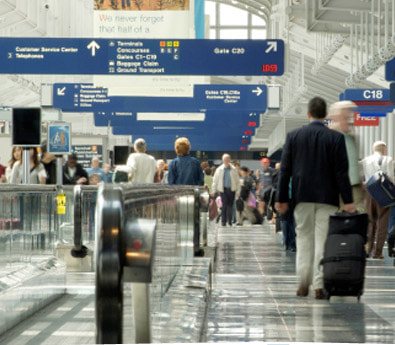|
Destination Information - Vilnius, Lithuania
Vilnius: Unveiling Lithuania's Historic Capital
Located in the heart of Lithuania, Vilnius stands as a captivating blend of rich history, vibrant culture, and awe-inspiring architecture. As you embark on your journey to this enchanting city, get ready to be immersed in a world where ancient traditions seamlessly coexist with modernity. With its cobblestone streets, charming old town, and fascinating landmarks, Vilnius promises an unforgettable experience for the discerning traveler. History: Steeped in history that spans over seven centuries, Vilnius proudly wears its cultural heritage on its sleeve. The city's roots can be traced back to the Grand Duchy of Lithuania, where it emerged as an important political and cultural hub. Throughout the centuries, Vilnius experienced the influences of various civilizations, resulting in a diverse architectural landscape. The city's most prominent landmark, the Gediminas Castle Tower, stands as a symbol of Vilnius' resilience. Perched atop a hill, this medieval fortress offers breathtaking panoramic views of the city and serves as a reminder of its storied past. Explore the historic Old Town, a UNESCO World Heritage site, and wander through its narrow streets, lined with majestic Gothic, Renaissance, and Baroque buildings. Things to See and Do: Vilnius presents a multitude of attractions that cater to every traveller's interests. Art enthusiasts can marvel at the impressive collection of Lithuanian art at the National Museum of Lithuania, while history buffs can delve into the nation's past at the Museum of Occupations and Freedom Fights. The Vilnius University, founded in 1579, is a testament to Lithuania's intellectual heritage and welcomes visitors to explore its stunning campus. For a moment of tranquility, visit the charming Bernardine Gardens or take a leisurely stroll along the Neris River, soaking in the city's picturesque landscapes. The Gates of Dawn, one of Vilnius' most revered religious sites, houses a miraculous icon of the Virgin Mary and serves as a place of pilgrimage for the faithful. To gain deeper insight into Lithuania's Jewish heritage, a visit to the Vilna Gaon State Jewish Museum is a must. Explore the hauntingly beautiful Vilnius Ghetto, where remnants of Jewish culture stand as a poignant reminder of the city's past. The museum offers a comprehensive look at the Jewish community's history, with exhibits detailing their rich traditions and struggles. Tips for Travellers: When visiting Vilnius, it is essential to embrace the local culture and customs. Lithuanians are warm and welcoming people, always ready to share their stories and traditions. Try sampling traditional Lithuanian cuisine, such as cepelinai (potato dumplings) and kugelis (potato pudding), at one of the city's many quaint restaurants. Vilnius boasts an efficient public transportation system, making it easy to navigate the city. Buses and trolleybuses run regularly, providing convenient access to various attractions. Alternatively, embrace the city's charm on foot, exploring its hidden gems at your own pace. As you venture out, don't forget to keep an eye out for the city's vibrant arts and music scene. Vilnius hosts numerous festivals and cultural events throughout the year, offering visitors an opportunity to engage with local artists and performers. Finally, be sure to immerse yourself in Vilnius' nightlife. The city comes alive after dark, with bustling bars, live music venues, and trendy clubs scattered across the streets. Take the opportunity to mingle with locals and experience the city's vibrant energy firsthand. In conclusion, Vilnius beckons travelers with its rich history, architectural marvels, and warm hospitality. Whether you're an avid history enthusiast, a cultural explorer, or simply seeking a memorable adventure, Vilnius will leave an indelible mark on your soul. So pack your bags, and embark on a journey through Lithuania's captivating capital – Vilnius awaits your arrival with open arms. |
|

|
|
Discount Airline Tickets | Flights | Airports | Privacy Policy | About Us | Contact Us
FlyForLess.ca is an affiliate of Aviasales/JetRadar, a leading flight search engine that allows users
to compare airfares from over 700 airlines and travel agencies in order to find the cheapest flight tickets.
We offer discount airline tickets with a database of over 2 million international airfares, as well as car rentals, hotels, and vacation packages
with departures from cities across Canada. Book your cheap flights, discount car rentals, and special hotel rates with FlyForLess.ca
©2023 FlyForLess.ca. All rights reserved
FlyForLess.ca is an affiliate of Aviasales/JetRadar, a leading flight search engine that allows users
to compare airfares from over 700 airlines and travel agencies in order to find the cheapest flight tickets.
We offer discount airline tickets with a database of over 2 million international airfares, as well as car rentals, hotels, and vacation packages
with departures from cities across Canada. Book your cheap flights, discount car rentals, and special hotel rates with FlyForLess.ca
©2023 FlyForLess.ca. All rights reserved
